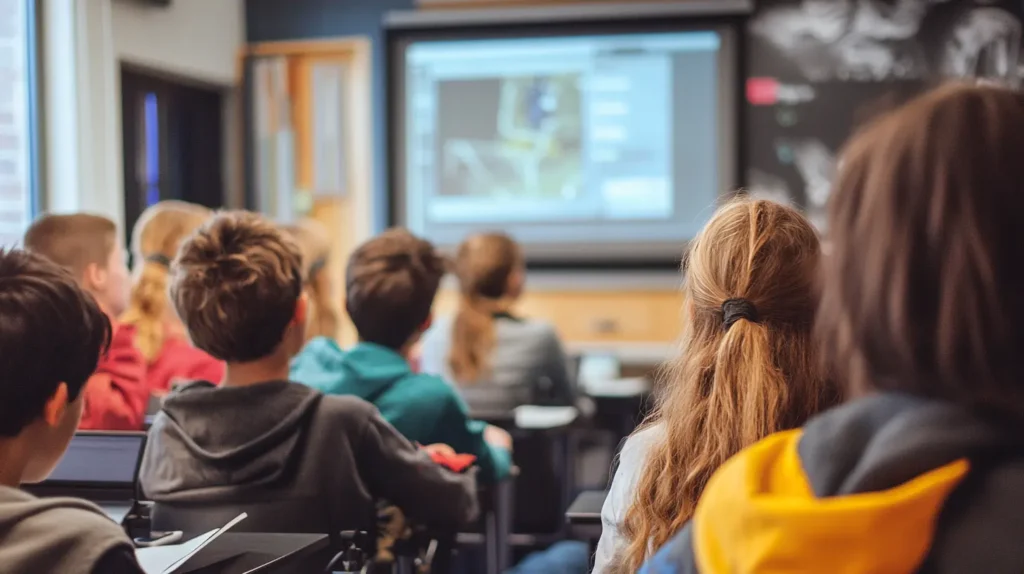Search

AI in Machine Learning
1. AI in Scientific Simulations and Experiments
AI helps researchers model and simulate complex systems that would otherwise be too time-consuming or difficult to analyze manually. In an IB context, this relates to understanding how variables interact and how predictive models can support experimental design.
Examples:
-
Physics:
-
AI-driven simulations of projectile motion or wave interference to predict outcomes based on initial parameters.
-
Neural networks trained to approximate nonlinear dynamics, e.g. in pendulum motion with air resistance.
-
-
Chemistry:
-
Machine learning models used to predict reaction yields, molecular stability, or pH changes without exhaustive lab testing.
-
AI-assisted molecular simulations (like molecular dynamics or quantum chemistry calculations) can help visualize reaction pathways.
-
-
Biology / Environmental Systems:
-
AI used to model population dynamics, enzyme activity, or ecosystem interactions (e.g., predator-prey or nutrient cycling).
-
Simulations of climate effects on ecosystems using AI pattern recognition in large datasets (e.g., rainfall, CO₂, temperature).
-
2. AI in Data Collection and Analysis for Laboratory Investigations
AI enhances both data accuracy and interpretation in experimental work — something highly relevant to IB lab design and analysis.
Applications:
-
Smart sensors & image recognition:
-
AI can interpret microscope images, color changes, or motion data (e.g., tracking diffusion or growth).
-
Examples: using computer vision to measure reaction rates or cell counts.
-
-
Automated data cleaning:
-
AI algorithms can remove noise, correct errors, or interpolate missing data in experimental datasets.
-
-
Pattern recognition & regression analysis:
-
Machine learning models can identify trends (e.g., polynomial fits, nonlinear relationships) that traditional graphs might miss.
-
Helps with curve fitting, predictive modeling, and error estimation.
-
3. Exploring Machine Learning Models in Biological or Environmental Data (for IA Topics)
Machine learning (ML) can identify patterns in large datasets — very relevant to Biology or ESS IAs that deal with natural variability.
Examples:
-
Biology:
-
Training a model to predict enzyme activity vs. temperature, growth rates, or disease spread.
-
Using ML clustering to classify leaf shapes, DNA sequences, or microbial colonies.
-
-
ESS / Environmental Science:
-
Predicting air quality, water pollution, or biodiversity indices using past data.
-
Analyzing satellite data with AI to assess deforestation, urban heat, or coral bleaching.
-
-
Data sources:
-
Public databases (e.g., NASA Earth Data, NOAA climate data, Kaggle biology datasets) can be used to train or test simple models.
-

 2023-05-26
2023-05-26




